Mumbai: The massive Dharavi Redevelopment Project (DRP) is set to transform one of Mumbai’s largest slum areas into a modern urban hub. Around 150,000 tenements will be rehabilitated as part of the project, led by the Adani Group’s Navbharat Mega Developers Private Limited (NMDPL).
As of February 12, NMDPL has numbered 85,000 tenements and completed door-to-door surveys for over 50,000 tenements. According to the company, their estimates show that most structures in Dharavi have grown vertically to G+2 levels, leading to an increase in the number of homes that need rehabilitation. This is a significant jump from the 60,000 eligible tenements recorded in a previous survey by NGO Mashal in 2007-08.
Authorities have introduced a strict method to speed up the survey process and address concerns from locals opposing the redevelopment. If a surveyor visits a tenement three times and the required documents are not submitted, a fourth visit will be the final attempt. After that, the tenement will not be considered for eligibility. This approach aims to avoid unnecessary delays and ensure a smooth execution of the project.
An official from the project stated, “We estimate that about 150,000 tenements will receive in-situ rehabilitation. The final number may vary by 10% once the survey is complete.” This means the final count could be slightly higher or lower, but the project remains committed to providing housing for the vast majority of Dharavi’s population.
The completion of surveys for 50,000 tenements is a milestone for the Mumbai Slum Rehabilitation Authority (SRA), considering the challenges of mapping a complex area like Dharavi. Under the project’s terms, eligible residents will be provided housing within Dharavi, while ineligible ones will be relocated to modern townships within the Mumbai Metropolitan Region (MMR). NMDPL assured that unlike previous SRA projects where people were housed in high-rise slums, the rehabilitation plan includes well-planned and thoughtfully designed townships that prioritize community living and quality infrastructure.
The DRP authorities have urged Dharavi residents to cooperate and participate in the survey to ensure that no one is left out of the housing scheme. “We cannot afford delays caused by resurveys, as we are dealing with multiple challenges simultaneously,” said SVR Srinivas, CEO of the Dharavi Redevelopment Project. “Residents who have not yet taken part in the survey should come forward with their documents. This is a once-in-a-lifetime opportunity for them to secure better housing and a brighter future.”
However, many Dharavi residents remain anxious about the process. Some have raised concerns about the timing of the survey and the presence of police with survey teams. “They are numbering houses at odd hours. When they come during the day, they have police protection. If they are not doing anything wrong, why do they need so much security?” questioned a local resident. Others pointed out that they have yet to receive any written assurance about their rehabilitation or a detailed plan for the redevelopment. “We support development, but we need transparency. We need written commitments that we will get homes in Dharavi itself,” said another resident.
Despite these concerns, NMDPL emphasized that this project marks a breakthrough after decades of failed redevelopment attempts. “Once completed, Dharavi’s transformation will be a global benchmark for human-centric slum redevelopment,” said a spokesperson from NMDPL. “We are fully committed to providing world-class facilities and ensuring that even upper-floor structures are included under the current plan. This aligns with the government’s ‘Homes For All’ policy.”
The master plan for Dharavi’s redevelopment is being prepared with a focus on infrastructure and special planning. The infrastructure plan includes roads, bridges, green spaces, power supply, water mains, multi-modal transport hubs, sewerage, and drainage systems across 600 acres. The special planning section covers residential, commercial, and industrial areas, incorporating essential facilities like schools, healthcare centers, playgrounds, community halls, and shopping complexes.
Apart from residential developments, commercial hubs will also be integrated into the new Dharavi. The redevelopment aims to provide employment opportunities for local residents by ensuring that businesses, workshops, and industries that currently operate within Dharavi are accommodated in the new urban landscape. This will not only preserve livelihoods but also create new opportunities for small and medium-sized enterprises to thrive in a structured environment.
Urban planners working on the project highlight that Dharavi’s redevelopment is not just about housing but also about creating a self-sustained urban ecosystem. Proper waste management, uninterrupted water and power supply, efficient transport connectivity, and community engagement are key factors in the planning process.
Experts believe that Dharavi’s redevelopment could set a precedent for similar slum rehabilitation projects across India. “If executed successfully, it will be the largest urban renewal project in India’s history. It will show how slums can be transformed into well-planned, inclusive communities without displacing residents,” said an urban policy analyst.
With work progressing rapidly, Dharavi’s future looks set for a significant transformation. The ambitious project promises better housing, modern infrastructure, and improved economic opportunities for its residents. While concerns remain, officials are optimistic that with cooperation from residents and careful execution, Dharavi will emerge as a model urban settlement, redefining the landscape of Mumbai.
Image source: CNN

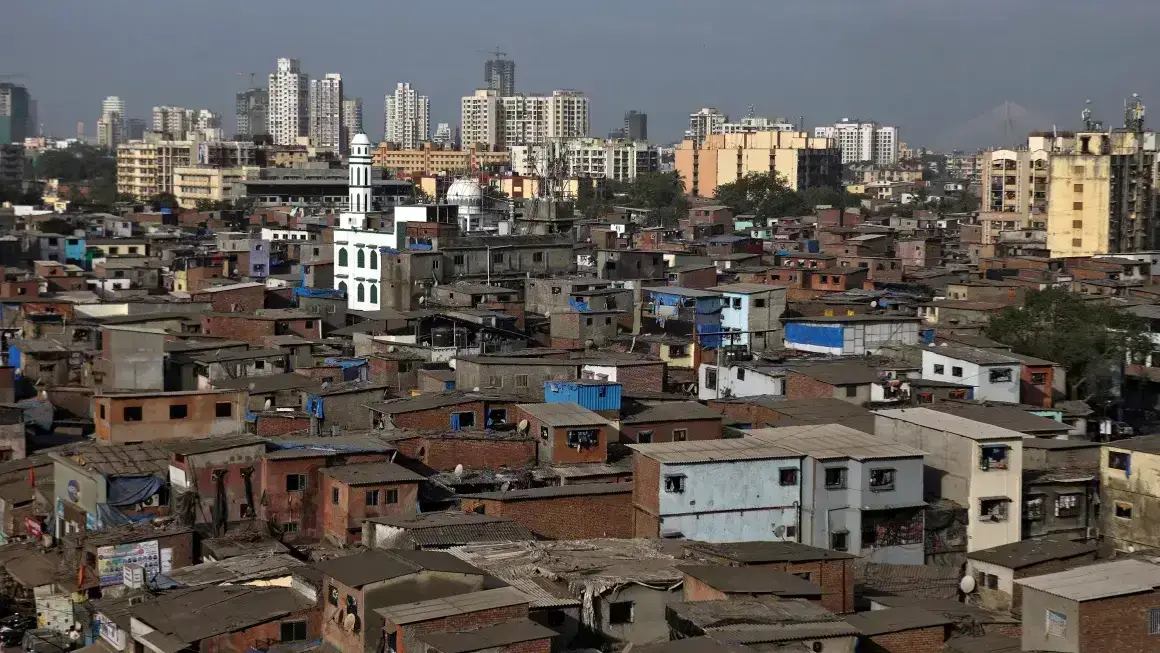
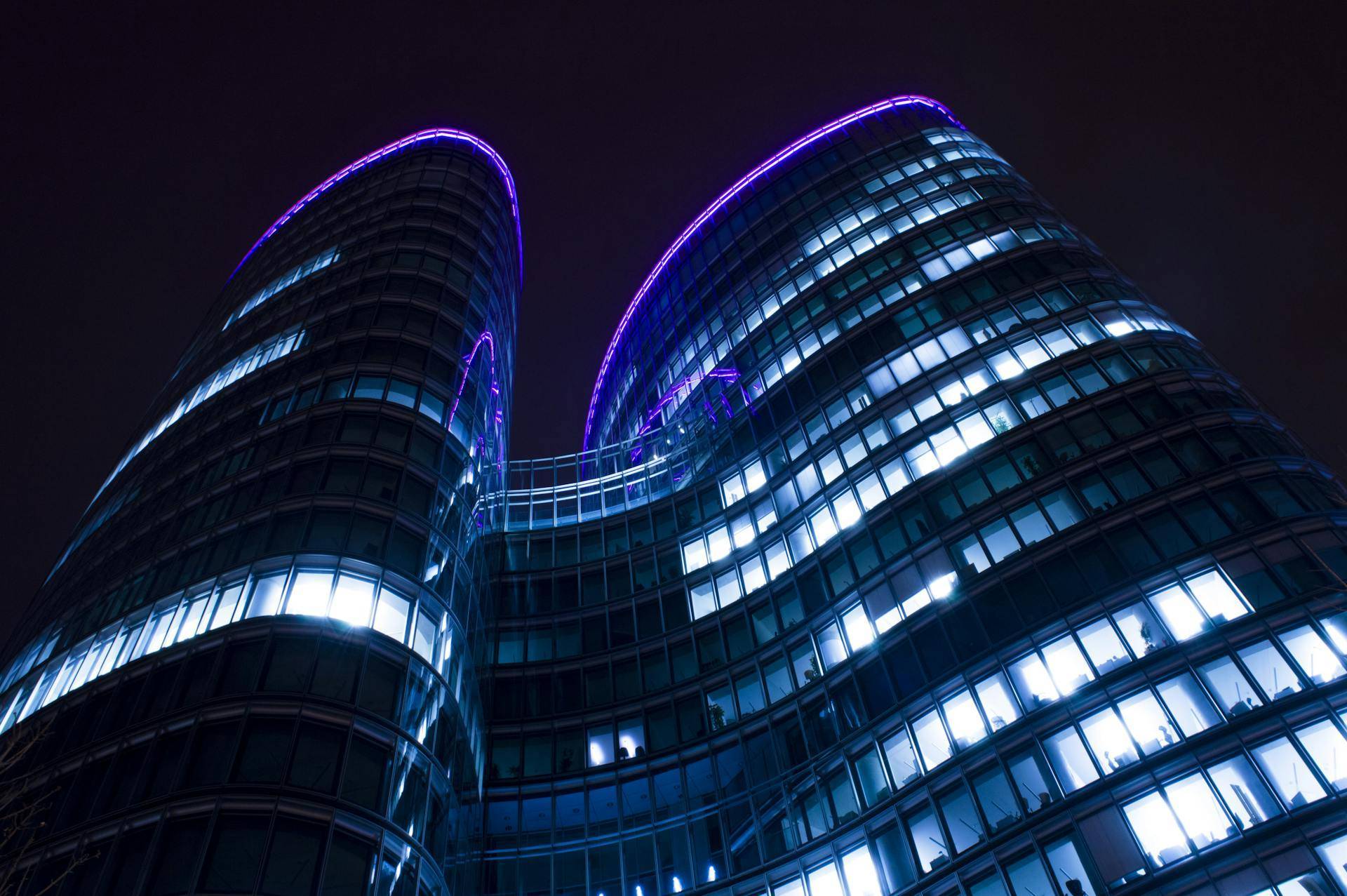
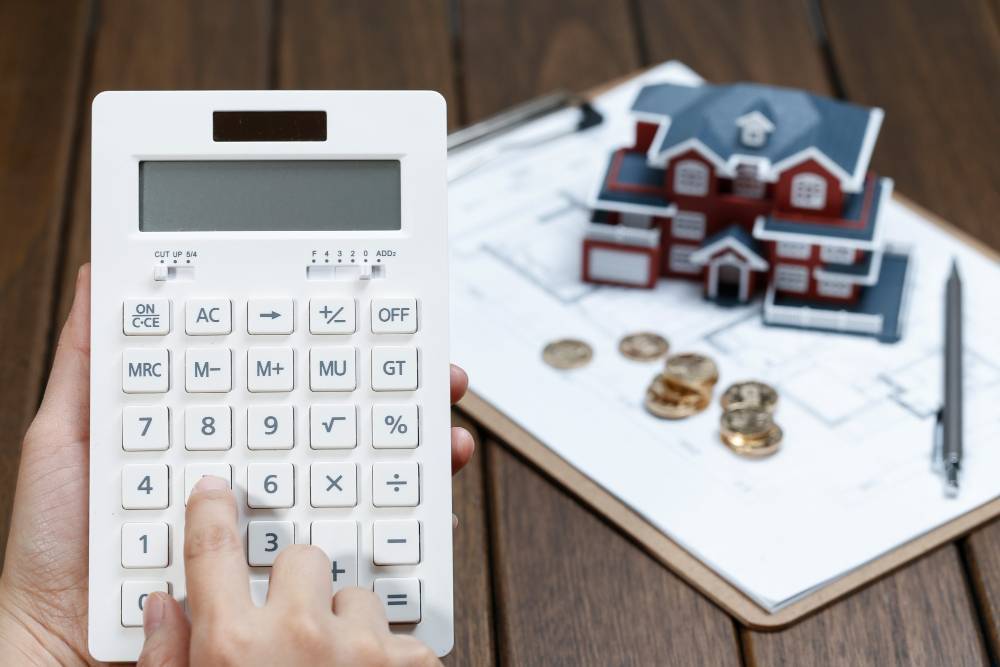
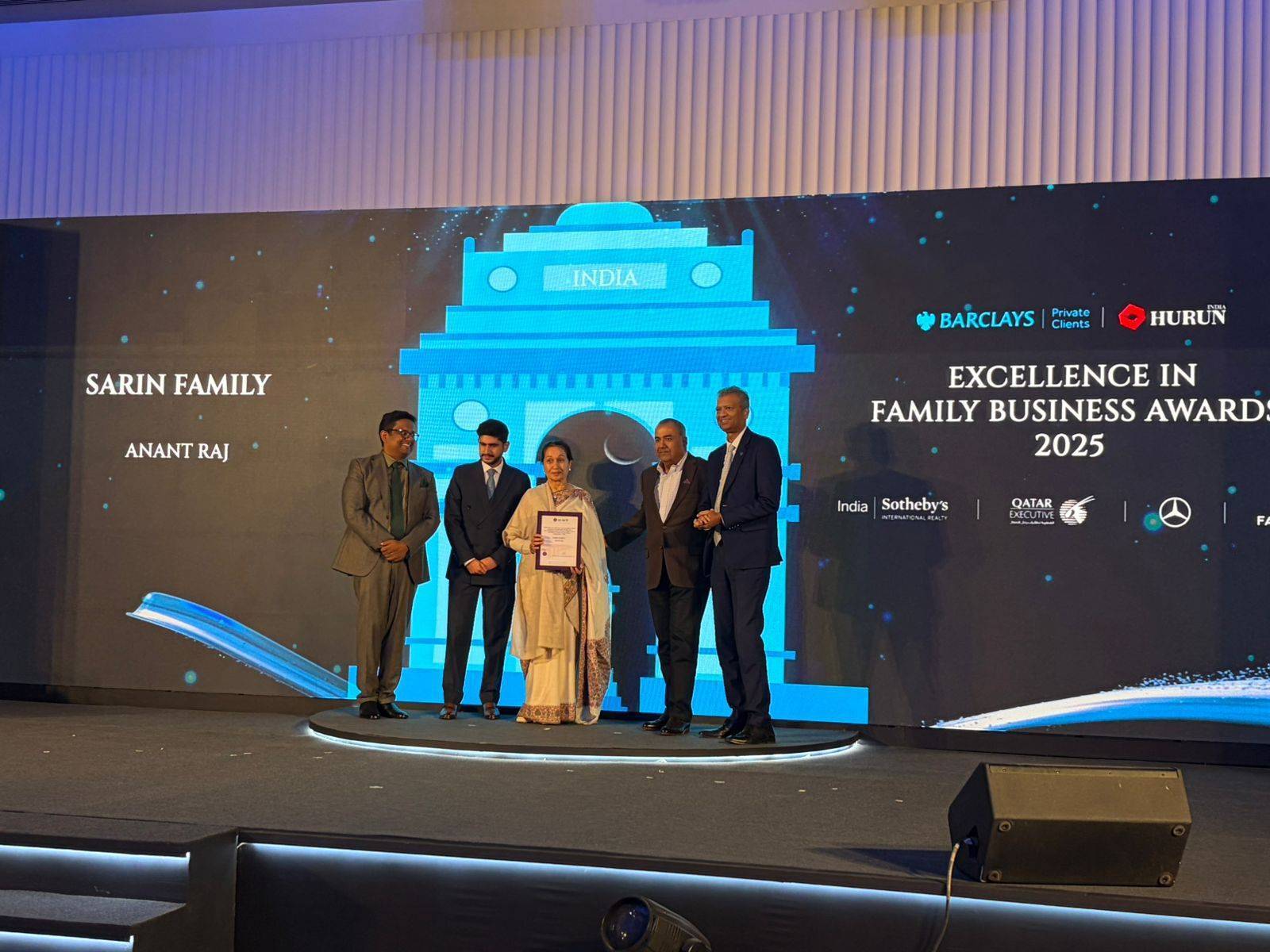


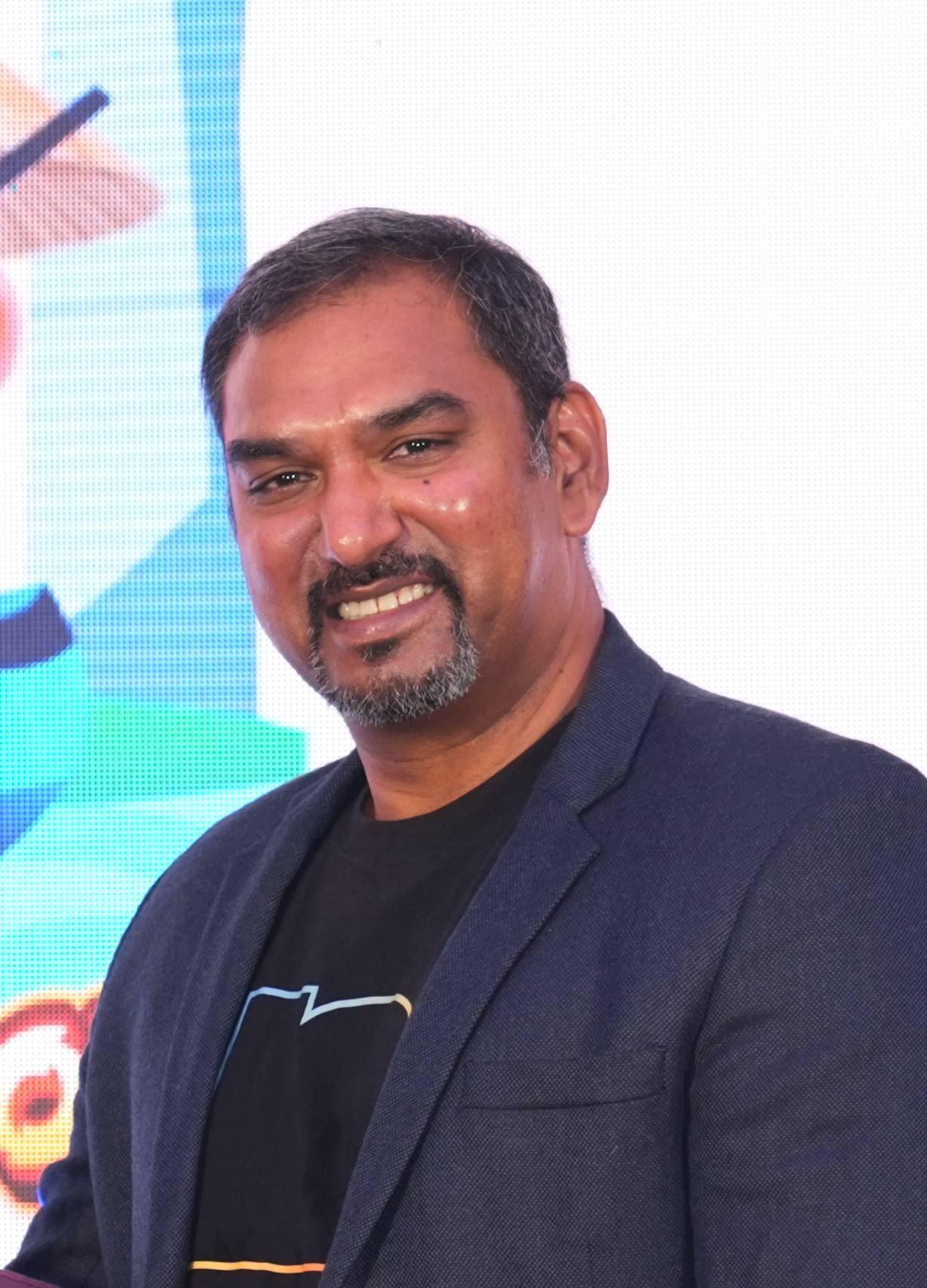
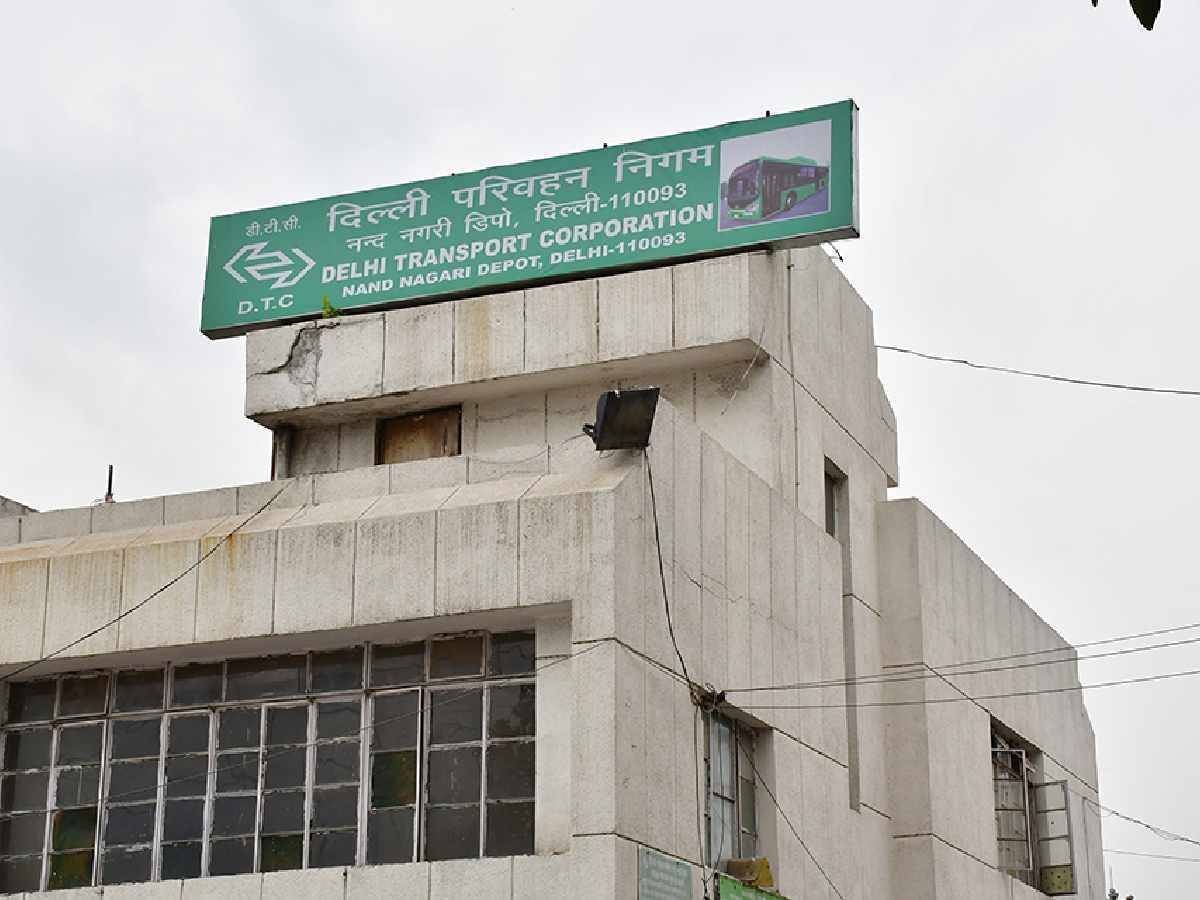
.png)